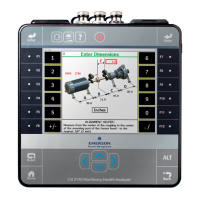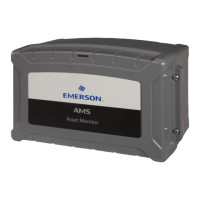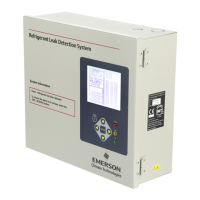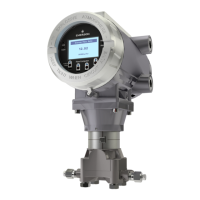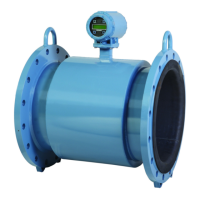transient A non-steady-state signal of finite duration; often refers to a startup or coastdown of
a piece of equipment.
trend Plotting a number of measurements of a parameter over time.
trial weight Weight placed on the rotor to determine the effect of altering mass at a specific
location.
trigger Causes the analyzer to start collecting data upon the receipt of a specified dynamic
signal from a sensor.
trim correction Balance correction based on influence coefficients from previous reference and trial
runs.
Uniform window Description of a uniformly weighted signal, where no special window shaping is
applied before frequency analysis. Sometimes used for collection of non-steady-
state data.
vectors Graphical representation of phase and magnitude as a single line on a polar plot. The
angle of the line represents phase and the length of the line represents magnitude.
velocity A measurement of the time rate of change in the displacement of an object.
Vibration is often measured in velocity using a velocity sensor. Velocity can be
measured also by integrating an accelerometer signal.
vibration
parameters
Twelve frequency band-limited parameters which are measured from the vibration
signal. These parameters are defined in the analysis parameter set and are loaded
into the machinery analyzer for each point from the database. (Also called individual
analysis parameters.)
waveform Analog or digital representation of a signal or function displayed as amplitude vs.
time.
weight plane Cross section perpendicular to a rotor shaft where weight can be added or removed
for balance adjustments.
window See hanning window and uniform window.
Glossary
MHM-97432 Rev 7 389
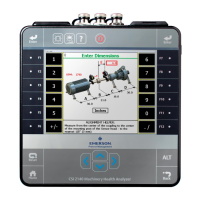
